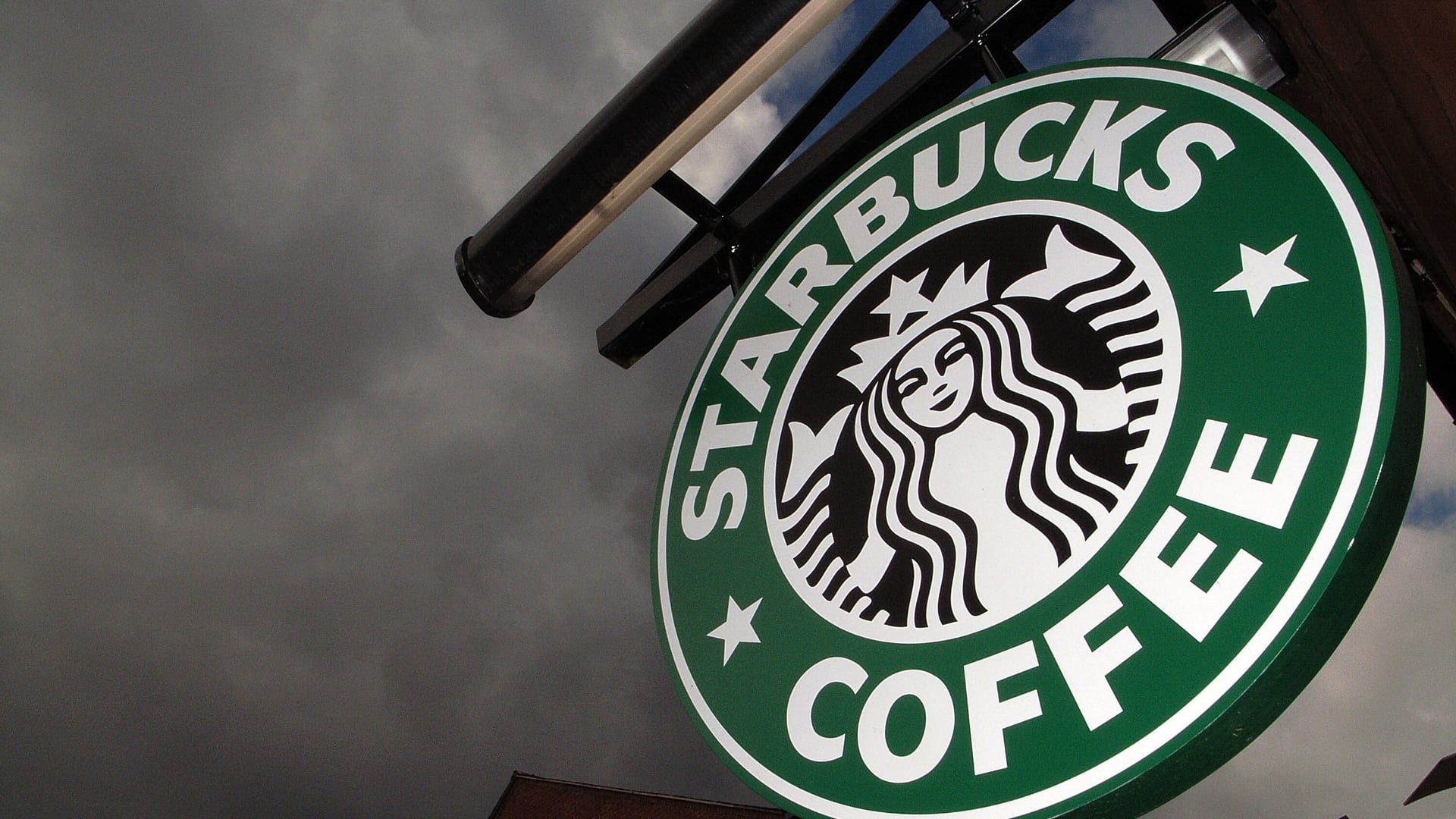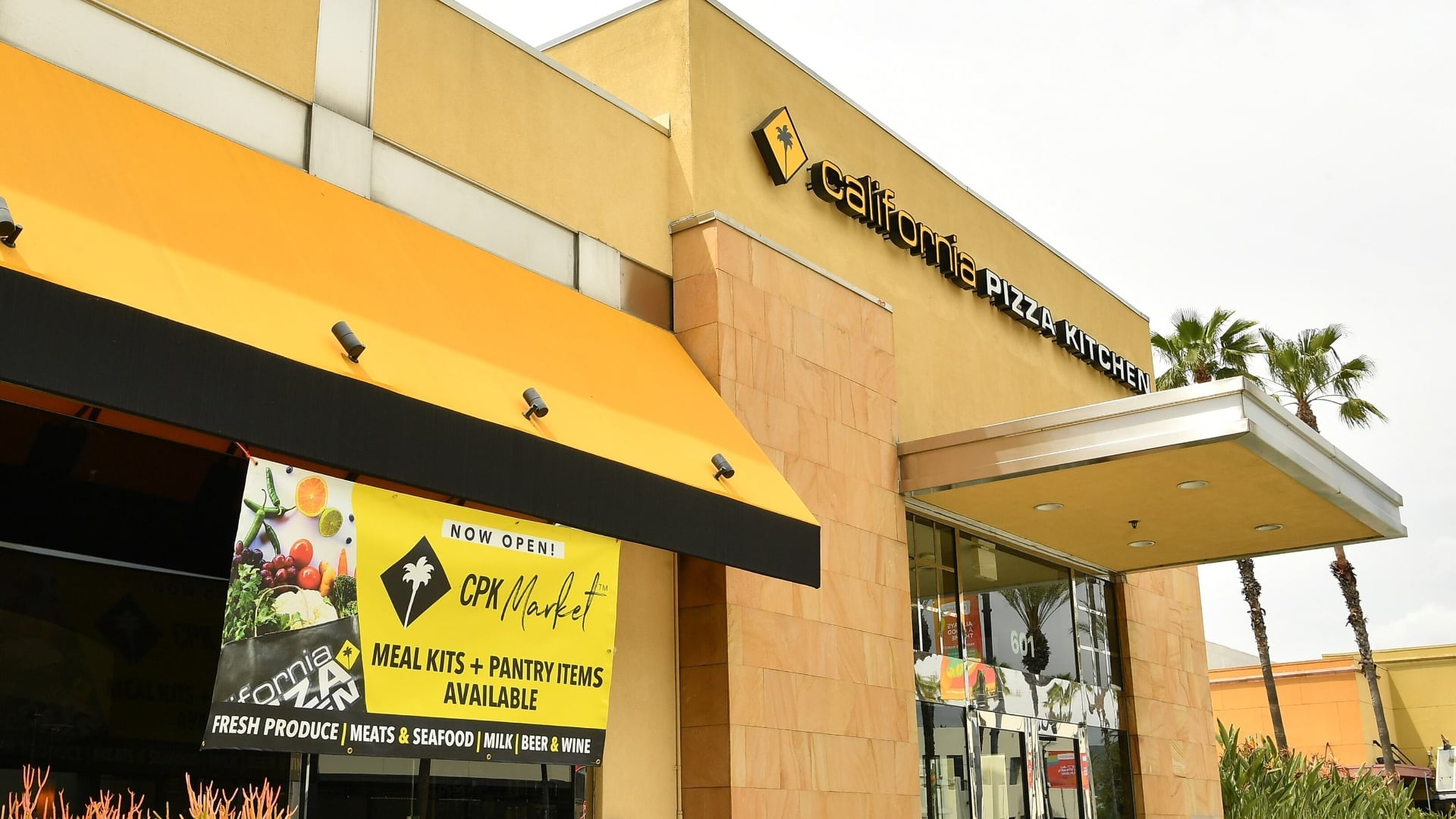By Stan Choe
Stocks rallied on Wall Street and closed out a winning March despite a long list of worries for investors. The S&P 500 gained 1.4% Friday and rose 3.5% for the month, with tech stocks leading the way. The index also notched its second winning quarter in a row after tumbling through most of last year on worries about high interest rates. Friday’s gains came after a report showed inflation slowed in February, though it was still high on a historical basis. A slowdown in inflation could give the Federal Reserve more leeway to take it easier on interest rates.
THIS IS A BREAKING NEWS UPDATE. AP’s earlier story follows below.
Stocks are rallying Friday, as Wall Street closes out a winning March and first quarter of the year despite a long list of worries for investors.
The S&P 500 was 1.1% higher in afternoon trading. It’s on pace for a 3.1% gain for the month and a second winning quarter in a row after tumbling through most of last year on worries about high interest rates meant to get inflation under control.
The Dow Jones Industrial Average was up 325 points, or 1%, at 33,185, as of 3:05 p.m. Eastern time, while the Nasdaq composite was 1.4% higher.
Friday’s gains came after a report showed inflation across the United States slowed in February, though it was still high relative to history. A continued slowdown could give the Federal Reserve more leeway to take it easier on interest rates after jacking them higher at a furious pace over the last year.
The threat of higher rates has been behind the stock market’s struggles since it peaked in early 2022. High rates can undercut inflation but only by bluntly slowing the entire economy, which raises the risk of a recession. They also drag down prices for stocks, bonds and other investments.
A blitz of economic reports earlier in the year suggesting stubbornly high inflation raised worries the Fed would have to keep rates even higher than feared for longer.
A recession still hasn’t hit the economy, at least not yet, but the pressure of higher interest rates helped cause the banking industry to crack earlier this month.
The second- and third-largest U.S. bank failures in history rocked markets after depositors rushed to pull their money out of Silicon Valley Bank and Signature Bank. The runs pushed investors to cast harsher scrutiny on banks globally in the hunt for seemingly weak links.
Forceful actions by regulators have since helped to rebuild some confidence. Almost as importantly, traders have also built bets that the banking system’s woes will force the Fed to stop hiking rates soon and even to begin cutting rates later this year.
The overriding mood in the market seems to be that the “Fed blinked and off we rally into April” before waiting to see if a recession or new panics around commercial real estate or something else awaits in the second half of the year, investment strategist Michael Hartnett wrote in a BofA Global Research report.
Expectations for an easier Fed have helped Big Tech stocks in particular because high-growth stocks are seen as some of the biggest beneficiaries of lower rates. That's helped to prop up the S&P 500, where Big Tech stocks play an outsized role because of their massive size.
They've helped to mask weakness for other parts of the market that are still down for the month but play smaller roles in indexes, such as smaller-sized stocks or financial companies.
Some professional investors on Wall Street say the expectations for rate cuts are premature and could be setting the market up for disappointment. Cuts can act like steroids for markets, but they’re likely coming only if the economy looks to be in serious trouble.
The Fed, meanwhile, has hinted it envisions raising rates one more time before keeping them steady through this year. Friday’s data suggests that could still be the case, economists said.
"Elevated price pressures coupled with strong job growth that is restoring incomes and is supporting demand should keep the Fed on track to hike rates further over coming meetings," said Rubeela Farooqi, chief U.S. economist at High Frequency Economics.
What makes the Fed’s upcoming decisions particularly tricky is that the banking industry’s troubles could act like hikes to interest rates on their own if they cause banks to pull back on lending. That in turn could stifle hiring and growth for the economy.
All the drastically changing expectations for what the Fed will do have meant historic-sized moves for Treasury yields in the bond market.
The yield on the two-year Treasury zoomed through particularly rattling moves. It was sitting above 5% at its highest level since 2007 earlier this month, when investors were bracing for the Fed to keep rates higher for longer.
It then quickly plunged below 3.60% as bets built for the Fed to ease up because of the banking industry’s troubles. Analysts said the moves were so violent because so many bets had piled up on the same side: for yields only to climb higher.
The yield has since steadied somewhat. It fell to 4.06% Friday from 4.12% late Thursday.
The 10-year yield, which helps set rates for mortgages and other important loans, fell to 3.48% from 3.55%. It also swung sharply through the quarter, but not by as much as the two-year yield. It was sitting above 4% earlier in the month.
In markets abroad, stocks across Europe rose after a report showed inflation in the 20 countries that use the euro currency slowed to the slowest level in a year, though food costs were still on the rise.
Stocks rose modestly in Shanghai after a report said China’s factory activity was stronger in March than expected. They also gained across much of the rest of Asia.
___
AP Business Writers Joe McDonald and Matt Ott contributed.











